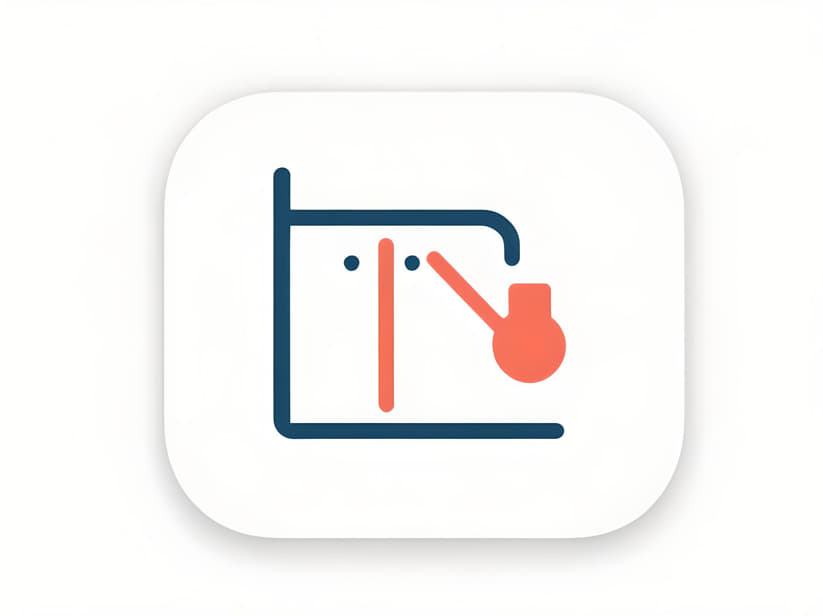
Bone densitometry, also known as dual-energy X-ray absorptiometry (DEXA or DXA), plays a crucial role in clinical practice by assessing bone mineral density (BMD) and diagnosing conditions such as osteoporosis. This non-invasive imaging technique provides valuable insights into bone health, aiding in the prevention, diagnosis, and management of skeletal disorders. Understanding the role of bone densitometry in clinical practice is essential for healthcare professionals and patients alike.
Understanding Bone Densitometry
Bone densitometry utilizes low-dose X-rays to measure BMD at key skeletal sites, typically the hip and spine. The results are expressed as T-scores, comparing an individual’s BMD to that of a healthy young adult of the same sex. These scores help classify bone health:
- Normal: T-score above -1
- Osteopenia: T-score between -1 and -2.5
- Osteoporosis: T-score -2.5 or lower
Diagnostic Importance
- Diagnosis of Osteoporosis: Bone densitometry is pivotal in diagnosing osteoporosis by identifying low bone mass and assessing fracture risk. Early detection allows for timely intervention to prevent fractures and maintain bone health.
- Monitoring Treatment Efficacy: Patients undergoing treatment for osteoporosis can benefit from periodic bone density scans to assess treatment efficacy and adjust therapeutic strategies as needed.
- Risk Assessment: Beyond osteoporosis, bone densitometry helps evaluate fracture risk in patients with conditions such as osteopenia, chronic kidney disease, or hormonal disorders affecting bone metabolism.
Clinical Applications
- Primary Care Settings: Primary care physicians use bone densitometry to screen high-risk individuals, including postmenopausal women, older adults, and those with a family history of osteoporosis.
- Specialist Clinics: Rheumatologists, endocrinologists, and geriatricians rely on bone densitometry to manage patients with bone disorders and metabolic conditions affecting bone health.
- Preventive Care: Integrating bone density testing into preventive care protocols helps identify individuals at risk early, promoting lifestyle modifications and pharmacological interventions to mitigate bone loss.
Advancements in Technology
- Peripheral Densitometry: Beyond central sites like the hip and spine, peripheral bone densitometry assesses BMD in the forearm, wrist, or heel, offering convenience and accessibility in screening settings.
- Quantitative Ultrasound (QUS): This alternative technology uses sound waves to assess bone density at peripheral sites, providing additional insights into bone health in settings where X-ray-based densitometry is impractical.
Patient Management Strategies
- Lifestyle Recommendations: Bone densitometry results guide healthcare providers in recommending weight-bearing exercises, adequate calcium and vitamin D intake, and smoking cessation to optimize bone health.
- Pharmacological Therapy: Individuals at high fracture risk based on bone density results may benefit from medications like bisphosphonates, hormone replacement therapy, or newer biologic agents to prevent bone loss.
Challenges and Considerations
- Interpretation Variability: Variations in equipment calibration and patient positioning can affect BMD measurements, necessitating standardized protocols and trained personnel for accurate interpretation.
- Healthcare Access: Limited availability of bone densitometry facilities in certain regions may pose challenges in accessing timely screening and diagnostic services, particularly in rural or underserved areas.
Bone densitometry serves as a cornerstone in clinical practice for assessing bone health, diagnosing osteoporosis, and guiding fracture prevention strategies. By leveraging advances in imaging technology and integrating bone density testing into routine care, healthcare professionals can enhance early detection and management of skeletal disorders. Patient education on bone health maintenance and proactive screening contribute to reducing fracture risk and improving quality of life across diverse patient populations.